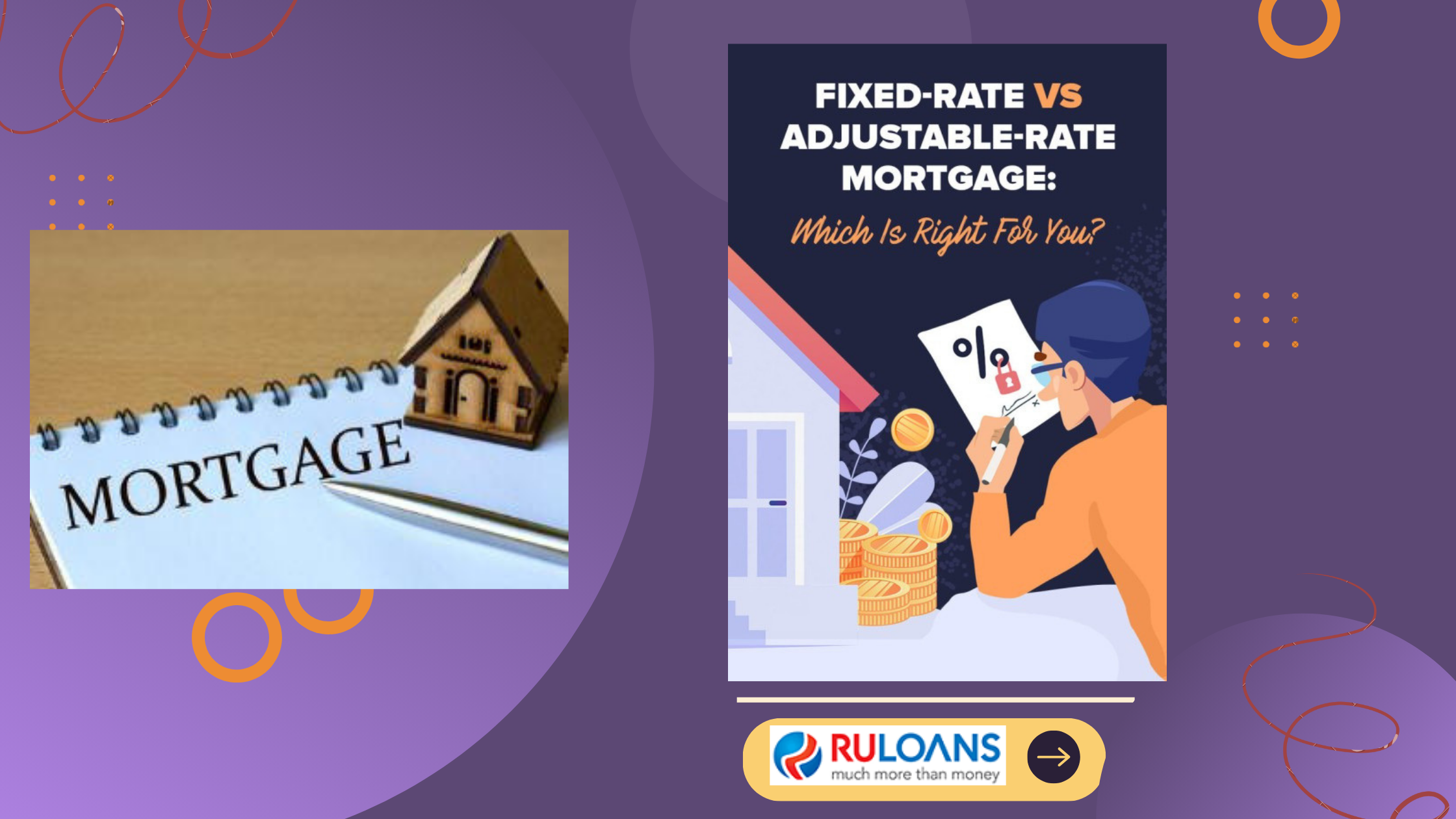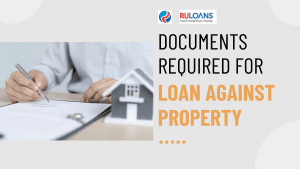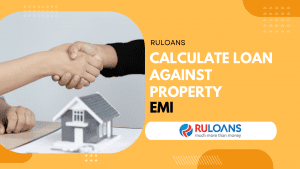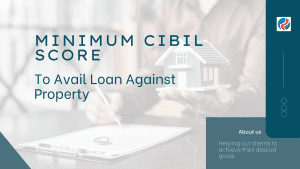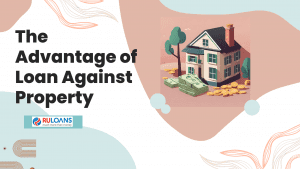Buying a home is one of the most significant financial decisions most people make in their lifetimes. Along with choosing the right property, securing the best mortgage type is crucial. The two primary options available to homebuyers are fixed-rate and adjustable-rate mortgages. Each has its own distinct features, benefits, and drawbacks. In this article, we’ll delve deep into both types and help you determine which might be the best fit for your needs.
What is a fixed-rate mortgage?
A fixed-rate mortgage, as the name suggests, has an interest rate that remains constant throughout the entirety of the loan. Whether it’s a 15, 20, or 30-year mortgage, the interest rate you agree upon when you take out the loan is the rate you’ll pay until the mortgage is fully paid off. This provides homeowners with the assurance that their monthly mortgage payments will remain steady, making it easier for budgeting and financial planning.
What is an adjustable-rate mortgage?
On the other hand, an adjustable-rate mortgage (ARM) has an interest rate that can change periodically. These changes are typically tied to an external benchmark, like the U.S. Prime Rate or the London Interbank Offered Rate (LIBOR). ARMs usually start with a lower rate than fixed-rate mortgages, but after a certain period (often 5, 7, or 10 years), the rate can adjust up or down. This adjustment can happen annually or even more frequently, depending on the loan terms.
What are the key differences between fixed-rate and adjustable-rate mortgages?
At its core, the primary difference lies in how interest rates are handled.
Interest Rate Stability: Fixed-rate mortgages offer stability. Your interest rate won’t change, no matter the financial environment. Conversely, ARMs can fluctuate, meaning your payments could vary over time.
Initial Interest Rate: ARMs often come with a lower initial interest rate than fixed-rate mortgages, potentially making them more attractive to those planning to stay in their home for a shorter period.
Duration of Loan: Fixed-rate mortgages are often set for longer durations, like 30 years, while ARMs might have a shorter overall term with a fixed rate for the first few years.
Pros and cons of fixed-rate mortgages
Pros:
Stable Monthly Payments: With a fixed interest rate, homeowners never have to worry about increasing monthly payments. This predictability can be a massive boon for budgeting and financial planning.
Financial Certainty: In an ever-fluctuating economy, there’s a certain peace of mind in knowing exactly how much you’ll be paying towards your mortgage each month for the next couple of decades.
Potentially Lower Interest Rate: While ARMs start lower, they might surpass fixed rates if interest rates increase significantly. If you lock in a good rate with a fixed mortgage at the right time, it might remain lower than adjustable rates over the long run.
Cons:
Missed Opportunities on Falling Rates: If market interest rates drop significantly after you’ve taken out a fixed-rate mortgage, you’ll be stuck paying the higher rate unless you decide to refinance.
Higher Initial Costs: Fixed-rate mortgages might have slightly higher interest rates at the outset compared to ARMs. This can translate to higher monthly payments in the early years of the loan.
Pros and Cons of Adjustable-Rate Mortgages
Pros:
Lower Initial Monthly Payments: One of the primary attractions of ARMs is the potential for lower initial payments. Since they often start with a lower interest rate than fixed-rate mortgages, your monthly payment during the initial fixed-rate period of an ARM might be more affordable.
Potential for a Larger Loan Amount: Due to these lower initial monthly payments, borrowers may qualify for a larger loan amount. This can be particularly useful for those wanting to purchase a home in a competitive market or a higher-priced neighborhood.
Cons:
Potential Increase in Monthly Payments: While the initial payments are lower, there’s a risk that they could rise after the introductory fixed-rate period ends. Depending on the benchmark to which the ARM is tied and the prevailing economic conditions, these rate hikes can be significant.
Affordability Concerns with Rising Interest Rates: If interest rates spike, the monthly payments on an ARM can increase substantially. Homeowners who haven’t budgeted for these potential increases might find themselves in a tight spot, struggling with payments they once found affordable.
When to Choose a Fixed-Rate Mortgage
Choosing between a fixed-rate mortgage and an adjustable-rate mortgage is a crucial decision. Here are some situations where a fixed-rate option might be more favorable:
Long-Term Homeownership Plans: If you envision yourself settling down in a home for many years or even decades, a fixed-rate mortgage is usually the better choice. The long-term nature of these loans means you’re more likely to benefit from the stability they offer.
Desire for Financial Stability: For those who prioritize peace of mind, the predictability of a fixed-rate mortgage is invaluable. Knowing that your monthly payments will remain consistent allows for easier budgeting and financial planning. There’s comfort in the predictability, especially if you have a fixed income or are nearing retirement.
Concerns About Rising Interest Rates: Economies are unpredictable. If you believe interest rates will rise significantly in the coming years, it makes sense to lock in a rate now with a fixed-rate mortgage. This shields you from potential rate hikes that could impact ARM payments.
When to Choose an Adjustable-Rate Mortgage
If You Plan to Move Within a Few Years: ARMs are particularly well-suited for those who don’t plan on settling in one place for long. If you’re looking at your home as a short-term residence—perhaps due to job commitments, temporary relocations, or as a stepping stone to a larger home—then the lower initial interest rates of an ARM can save you money during those first few years.
Desire for a Lower Initial Interest Rate: If the prevailing interest rates at the time of securing your mortgage are particularly high, or if you’re hoping to benefit from a more affordable initial monthly payment, the ARM can be attractive. This approach requires a clear strategy, especially if you’re banking on refinancing or selling the property before the rate adjusts.
Willingness to Embrace Risk: Financial decisions often come down to risk tolerance. If you’re someone who is comfortable with a bit of uncertainty and is prepared—both mentally and financially—for potential rate hikes in the future, then an ARM might align with your financial philosophy. This is especially true if you have the financial cushion to handle increased monthly payments or if you foresee a significant increase in your income in the future.
Conclusion
Choosing between a fixed-rate and an adjustable-rate mortgage can feel like standing at a crossroads. Each path has its own set of potential rewards and challenges, and the direction you choose will have long-term implications for your financial health and well-being.
However, it’s essential to remember that there isn’t a universally correct choice—only what’s right for you and your unique situation. While the predictability of a fixed-rate mortgage offers comfort to many, the initial benefits of an ARM can be the right choice for others, particularly in a rapidly changing economic environment.
Before making a decision, it’s crucial to arm yourself with knowledge. Understand the mechanics of each mortgage type, project potential future scenarios, and most importantly, consult with experts. Mortgage lenders and financial advisors can offer tailored advice based on your goals, your financial situation, and the housing market’s current state.
Lastly, beyond the numbers and interest rates, consider your personal aspirations, your family’s needs, and your long-term life goals. A home is more than just a financial transaction; it’s a place of growth, memories, and stability. Choose the mortgage that aligns with your financial strategy and vision for the future.
Key Takeaways
Two Primary Mortgage Types: The two most common mortgage options are fixed-rate and adjustable-rate mortgages.
Fixed-Rate Mortgages: These have a consistent interest rate throughout the loan duration, offering stability in monthly payments.
Adjustable-Rate Mortgages (ARMs): The interest rate in ARMs can change periodically, often starting lower than fixed rates, but may adjust upwards or downwards after a specific period.
ARM Benefits: Initial lower monthly payments and potential for a larger loan amount
ARM Drawbacks: Risk of increased payments after the initial fixed-rate period and potential affordability issues if rates rise significantly.
Choosing Fixed-Rate: Best for long-term homeownership plans, those desiring financial stability, and individuals concerned about potential rising interest rates.
Choosing ARMs: Suitable for those planning to move in a few years, seeking a lower initial interest rate, or those comfortable with financial risks.
Personal Considerations: Beyond financial calculations, personal aspirations and life goals play a role in the decision-making process.
FAQs
What is a fixed-rate mortgage?
A fixed-rate mortgage has a constant interest rate throughout the loan’s duration, ensuring stable monthly payments.
How does an adjustable-rate mortgage differ?
ARMs have interest rates that can change periodically, often starting lower than fixed rates, but may adjust after an initial period.
Why might someone choose a fixed-rate mortgage?
It offers payment stability, financial certainty, and protection against rising interest rates.
What are the potential benefits of ARMs?
They often come with lower initial payments and the possibility of qualifying for a larger loan amount.
Are there risks associated with ARMs?
Yes, monthly payments can increase after the fixed-rate period, and rising interest rates can lead to higher, potentially unaffordable payments.
How should one decide between the two mortgage types?
Consider your long-term plans, financial stability, risk tolerance, and consult with mortgage experts to understand which suits your situation best.

